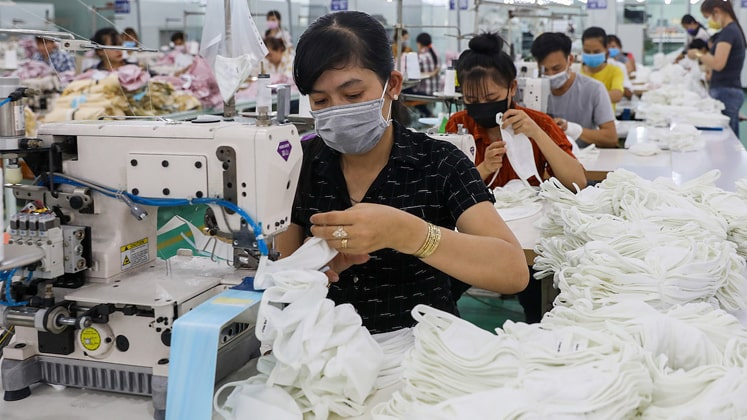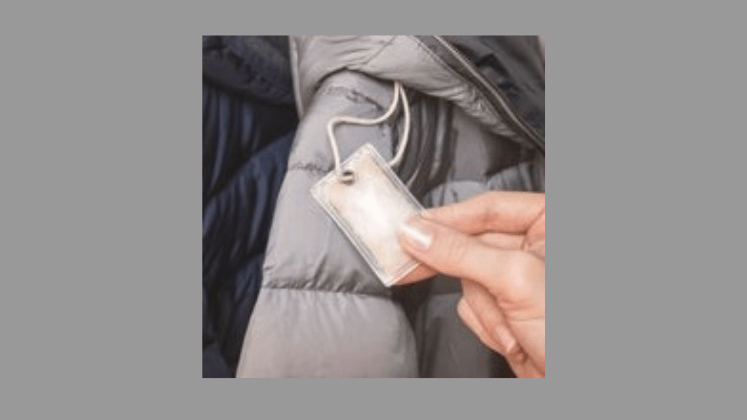RongViet Securities Corporation (VDSC) of Vietnam has released an industry outlook report for H1 ’21 and has said that, in the second half of 2021, orders for the textile and garment industry are abundant but difficult to meet.
The reason behind the second half’s prediction is the outbreak of COVID-19 in the country that is threatening production activities across manufacturing hubs of Vietnam including HCM city and Saigon.
According to Directive 16, many apparel and textile manufacturers in the southern region have complied with the ‘3 on-site’ option (production-eating-resting on-site). Therefore, these enterprises are operating at low capacity due to lack of workers that is leading to late delivery; and disruptions to domestic supply chains, further resulting into stagnation in exports and increased operating costs.
Besides, the number of COVID-19 cases tends to increase sharply in the US, European countries and Asia, which may slow the recovery of orders in the second half of 2021.
In addition, congestion at Chinese ports can lead to a shortage of raw materials because 60 per cent of raw fabrics are imported from this country.
VDSC believes that the ability to meet orders is a big concern even though many companies have had enough orders until the end of the fourth quarter of 2021.
“Demand is no longer a concern; instead, the ability to meet orders on time is a big challenge. The stagnation has caused some brands to cancel orders and move out of Vietnam.
Fabric prices and logistics costs increased while importers demanded stable quality, shorter production times and lower selling prices, thereby putting pressure on businesses’ operations and profits,” commented VDSC.
However, according to VDSC experts, the resilience of the textile and garment industry will depend on the progress of the vaccine and the ability to handle the next COVID-19 outbreaks.
Based on the vaccination plan of the Ministry of Health, VDSC expects industry growth to return to 2019 levels in the second half of 2022.







